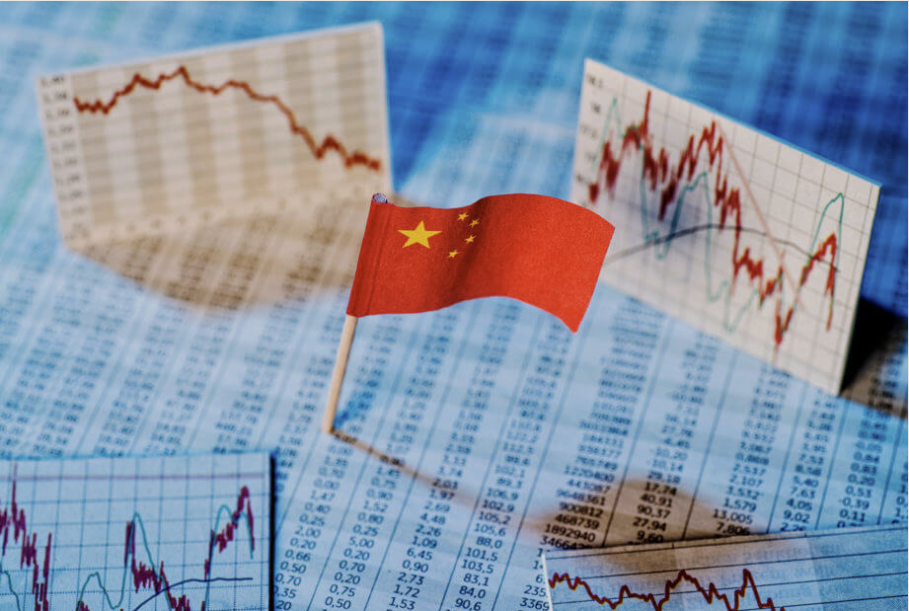It’s a dizzying number. According to estimates by US investment bank Jeffries, China’s share of global personal luxury goods expenditure shot up from 38% in 2019 to 80-85% in 2020. There are numerous reasons for this, starting with China’s rapid economic recovery after lockdown was lifted, and the fact there has been no second wave of infections, as has been the case just about everywhere else in the world. Travel restrictions are also part of the equation as domestic consumption benefited from purchases that Chinese shoppers would ordinarily have made overseas (Chinese tourists accounted for 51% of the European luxury market in 2019). Despite expectations of a slight decrease, Jeffries forecasts that luxury expenditure in China will continue to account for some 60% of the global market, noting that “this trend was previously forecast to take place in the next five years, but with Covid-19 this has happened in the course of just a few months.”
Go East
While other analysts are more cautious - consulting firm Bain & Co. expects that Chinese domestic consumption in 2025 will account for around 28% of the global luxury market -, the underlying assumption remains the same, and is compounded by figures from the Federation of the Swiss Watch Industry. In its November 2020 release, it notes that “the decline in Swiss watch exports has gradually slowed over the last few months. They almost reached equilibrium during November, with a slight fall of 3.2% compared with November 2019. This performance can be mainly explained by China’s return to strength, following a less dynamic October.” In hard numbers, for November 2020 this translates into a year-on-year increase in shipments to China of 69.5%. For the period January to November 2020, the Swiss watch industry logged a 17% increase in exports to China despite a catastrophic first quarter in Asia (-35.7%), although the decline was less marked in China at -14.7%.
